c.4000 BC
The first stone-age settlements are established on the south China coast.
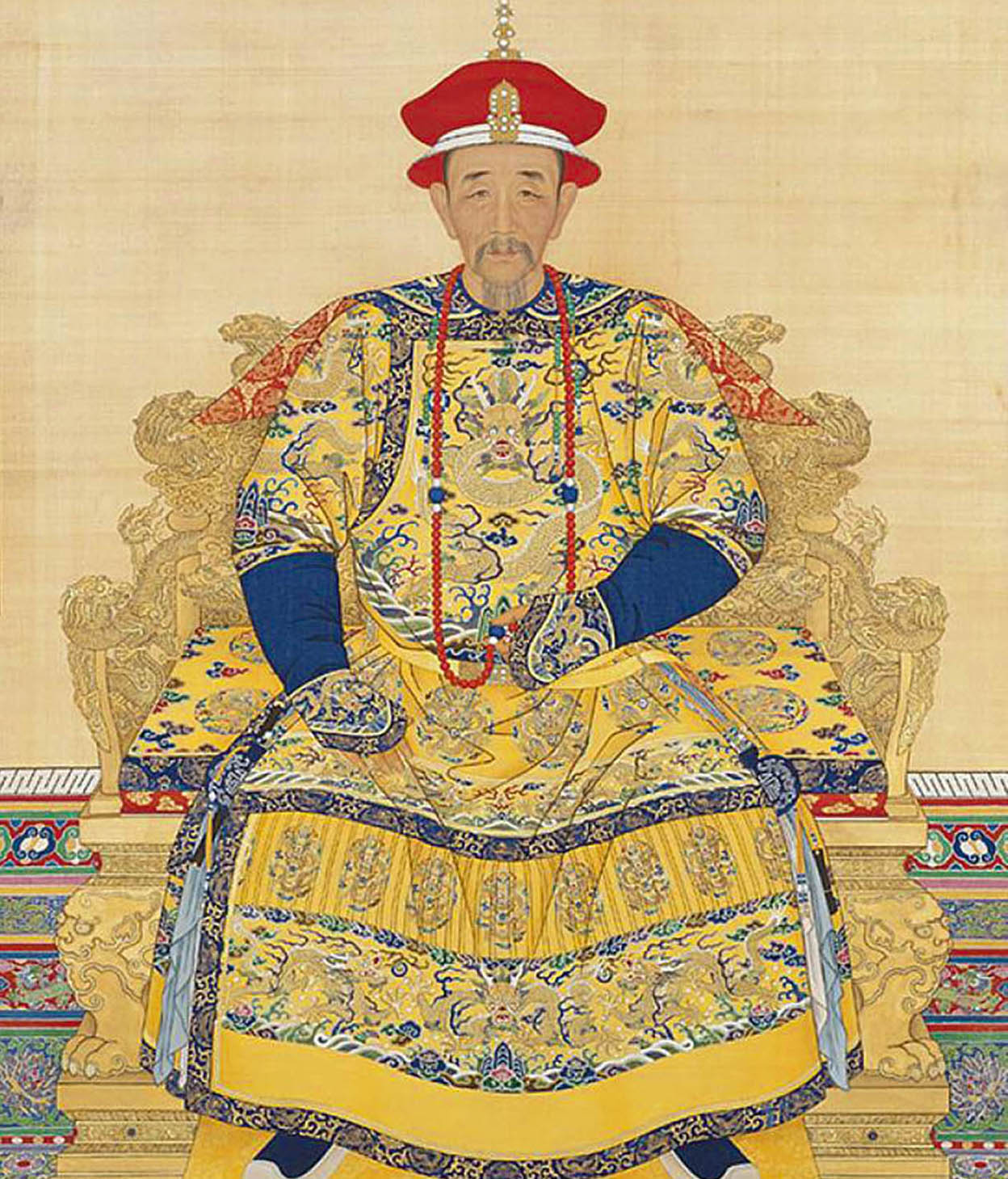
Emperor Kangxi.
Public domain
1557
Portuguese traders establish a colony at Macau.
1685
Emperor Kangxi allows limited trade in Guangzhou (Canton). Ships begin arriving from the British East India Company.
1773
British traders unload 1,000 chests of opium in Guangzhou.
1799
China’s opium consumption reaches 2,000 chests a year, forcing Beijing to ban the drug, which then drives the trade underground.
1834
The British East India Company loses its monopoly on the opium trade to other European nations.
1839
China appoints the anti-opium viceroy, Lin Zexu, to clean up drugs in Guangzhou. He confiscates some 20,000 chests of opium from the British. Hostilities mount until November, when British ships blow up four Chinese junks, sparking the first Anglo-Chinese War, which became known as the First Opium War.
1840–1
Negotiations between China and Britain break down, and the British fleet attacks Guangzhou and occupies the city’s forts. The two sides agree on a preliminary resolution (the Convention of Chuen Pi), which cedes the island of Hong Kong (population 5,000) to the British. But neither government is happy with the terms and both refuse to ratify it.
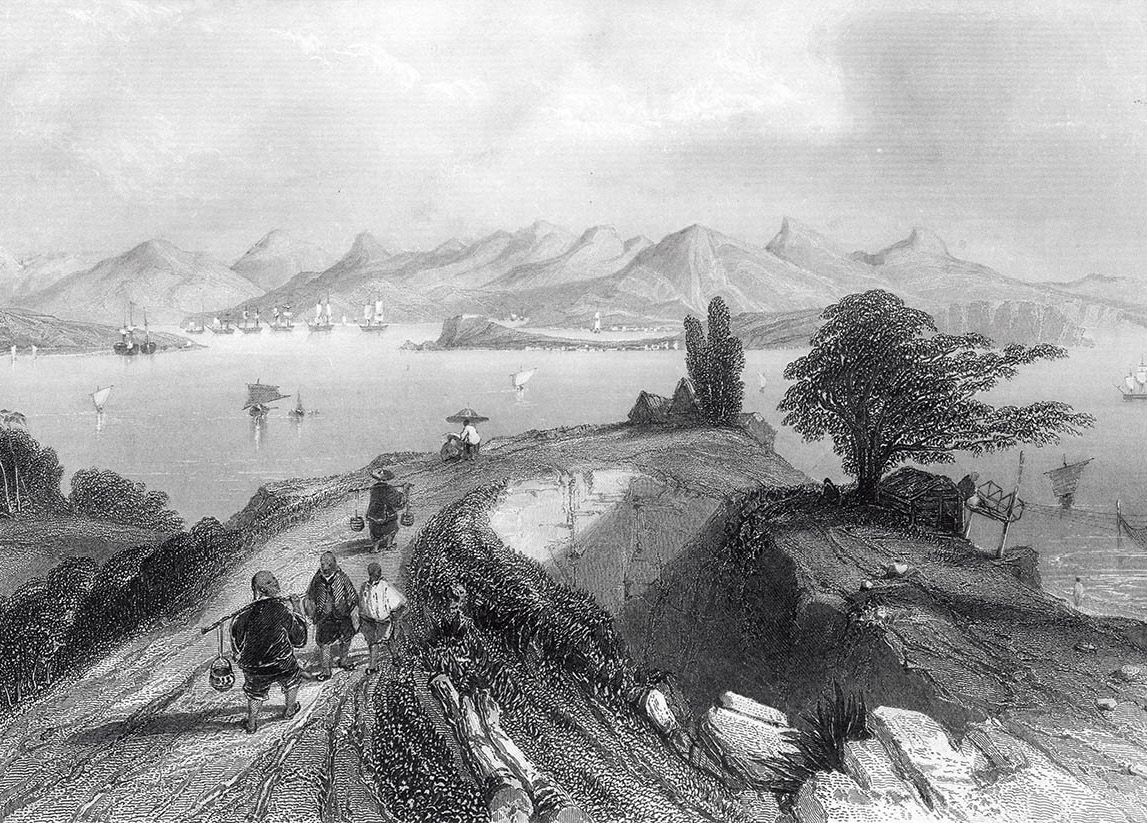
Hong Kong harbour in 1800.
Getty Images
1842
The Opium War ends and British possession of Hong Kong is confirmed by the Treaty of Nanjing, which cedes Hong Kong Island to Britain “in perpetuity”. Sir Henry Pottinger becomes the first British governor of Hong Kong.
Colonial period
1856–60
The Chinese cede Kowloon and Stonecutter’s Island “in perpetuity” to Britain. But hostilities continue, culminating in the Second Opium War.
1862
A Sino-Portuguese treaty grants Macau colonial status similar to Hong Kong’s.
1898
Britain forces China to lease the New Territories, including the outlying islands, for 99 years.
1911
Dr Sun Yat-sen overthrows the Qing dynasty and establishes the Republic of China.
1912
Emperor Puyi abdicates, signalling the end of Imperial China.
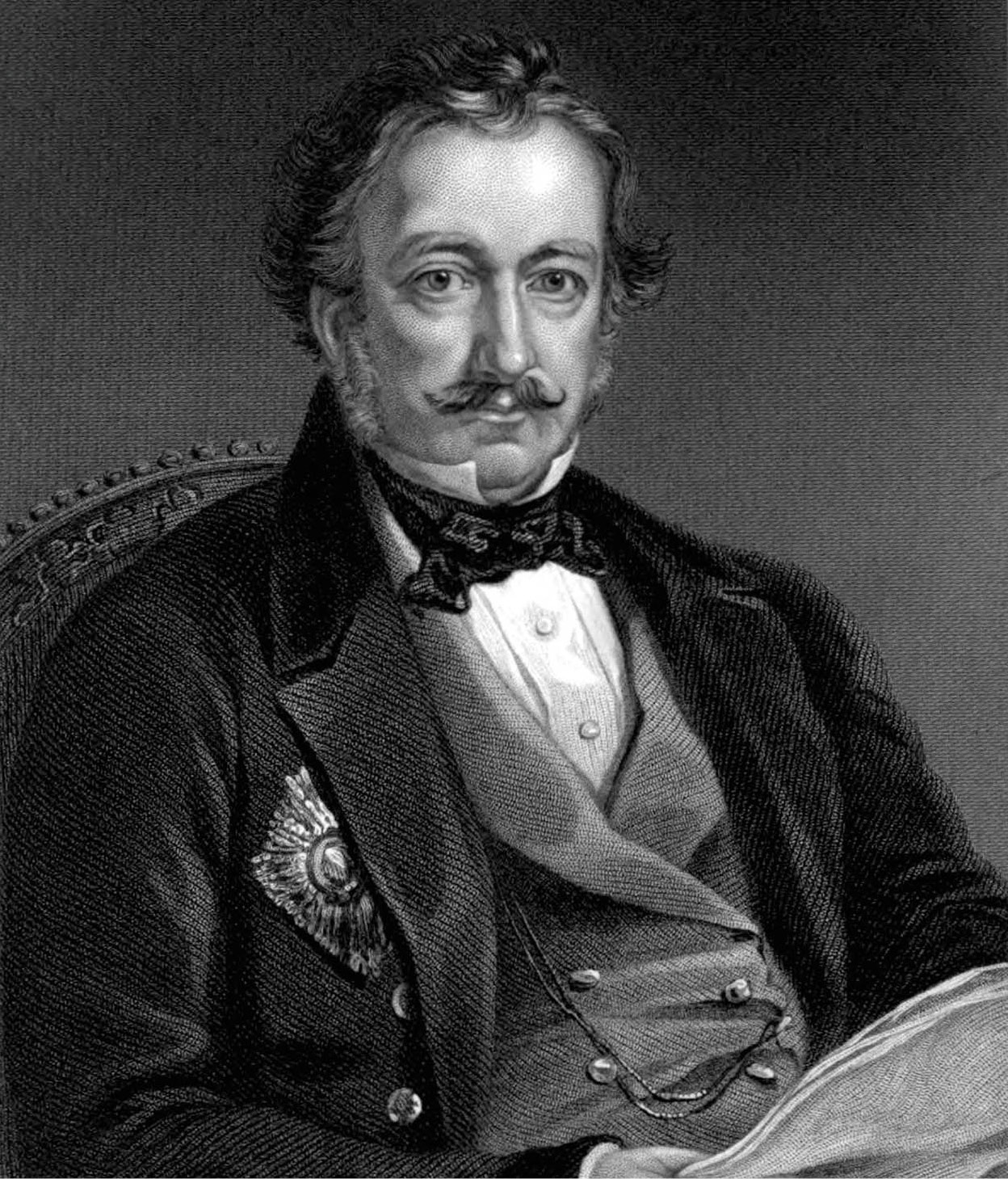
Sir Henry Pottinger, the first governor.
Public domain
1932
The Chinese Communists declare war on Japan.
1941
On Christmas Day the British surrender Hong Kong to the Japanese.
1945
World War II ends and the British resume control of Hong Kong. China’s civil war between the Communists and the Nationalists (Guomintang) resumes.
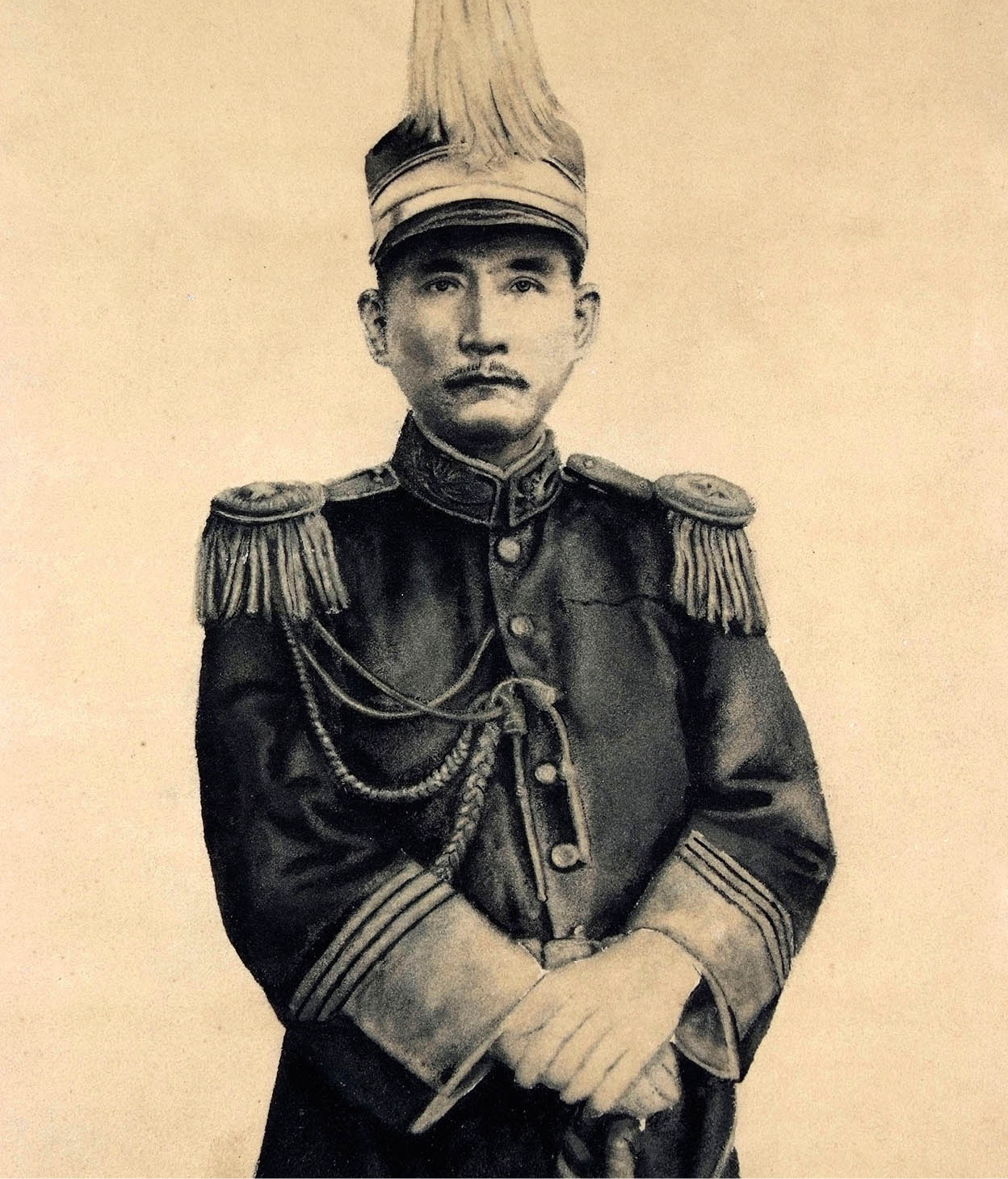
Sun Yat-sen.
Glyn Genin/Apa Publications
1949
The Nationalists are defeated and flee to Taiwan. The Communists found the People’s Republic of China (PRC).
1953
With tens of thousands of people arriving each month, Hong Kong’s population hits 2.2 million, but many are living in squatter camps. The Shek Kip Mei fire leaves 53,000 homeless. Public housing policy is fast-tracked.
1966
Cultural Revolution begins in China, spilling over into Hong Kong with riots over a price increase in the first-class Star Ferry fare.
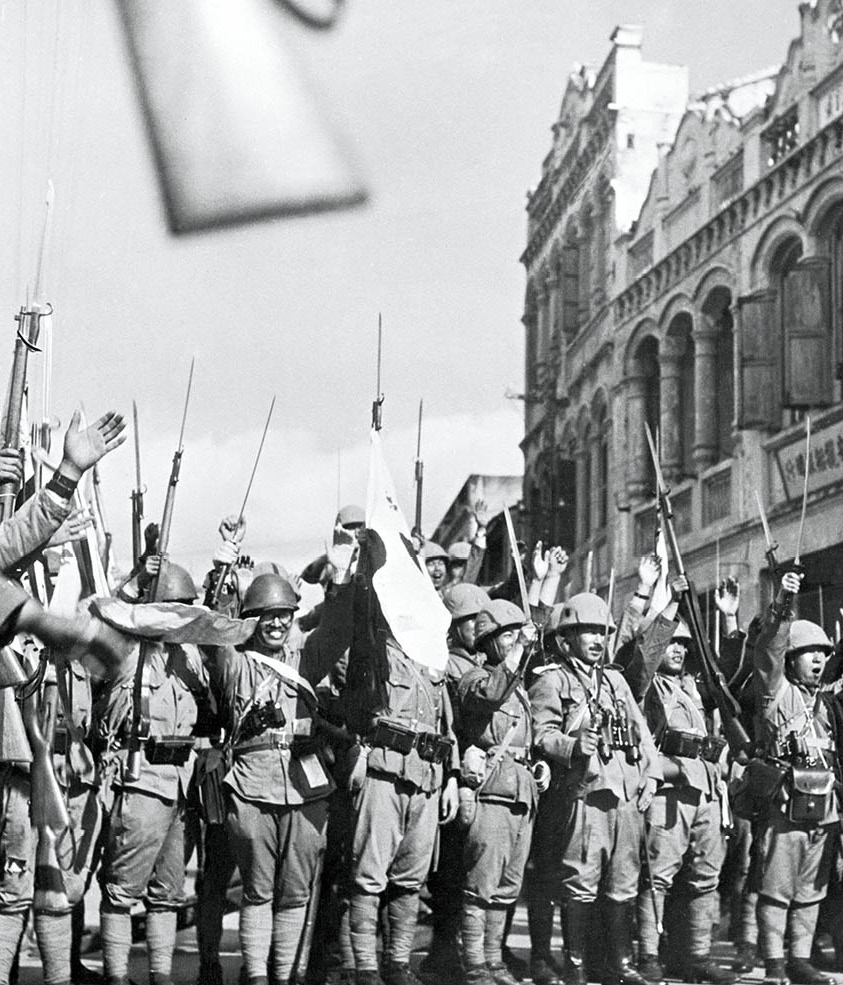
The Japanese arrive, 1941.
Corbis
1971
Sir Murray MacLehose becomes the first Hong Kong governor to be appointed from the British diplomatic corps.
1972
Opening of the first cross-harbour tunnel. Hong Kong population hits 4 million.
1973
The first New Town, Tuen Mun, is completed.
1974
The Independent Commission Against Corruption (ICAC) is set up to stamp out crime and corruption.
1976
Death of Mao ushers in a new era for China.
1978
Under Deng Xiaoping, China starts to reform its economy and open its doors to the world.
1979
Hong Kong’s US$1 billion Mass Transit Railway (MTR) opens.
1982
British Prime Minister Margaret Thatcher visits Beijing and Hong Kong to begin discussions on Hong Kong’s future. China decides to develop Shenzhen, a small town on Hong Kong’s northern border, into a Special Economic Zone (SEZ).
Handover countdown
1983
China reveals its plan for Hong Kong to become a Special Administrative Region (SAR) after 1997. Under the proposed terms, Hong Kong will keep its own capitalist system, judiciary and police, and the leading official will be a Hong Kong Chinese. The Hong Kong dollar is pegged to the US dollar at a rate of 7.8.
1984
The British Ambassador to China and the Chinese Vice Foreign Minister initial “A Draft Agreement on the Future of Hong Kong”, ending two years of acrimony. The Hong Kong government starts to plan for the territory’s administration in the years running up to 1997.
1985
Britain and China ratify the Sino-British Joint Declaration. The colony holds its first election for the Legislative Council (Legco), drawing criticism from China, which insists that any political changes not accepted by Beijing will not be respected after the handover.
1988
The proposed Basic Law, Hong Kong’s post-handover constitution, is published.
1989
One million people take to the streets to protest against the Tiananmen Square massacre. Forced repatriation of Vietnamese boat people begins.
1991
Beijing and London announce an agreement regarding the new airport.
1992
Hong Kong’s 28th and last British governor, Chris Patten, arrives in the territory and proposes political reform. The move draws attacks from Beijing.
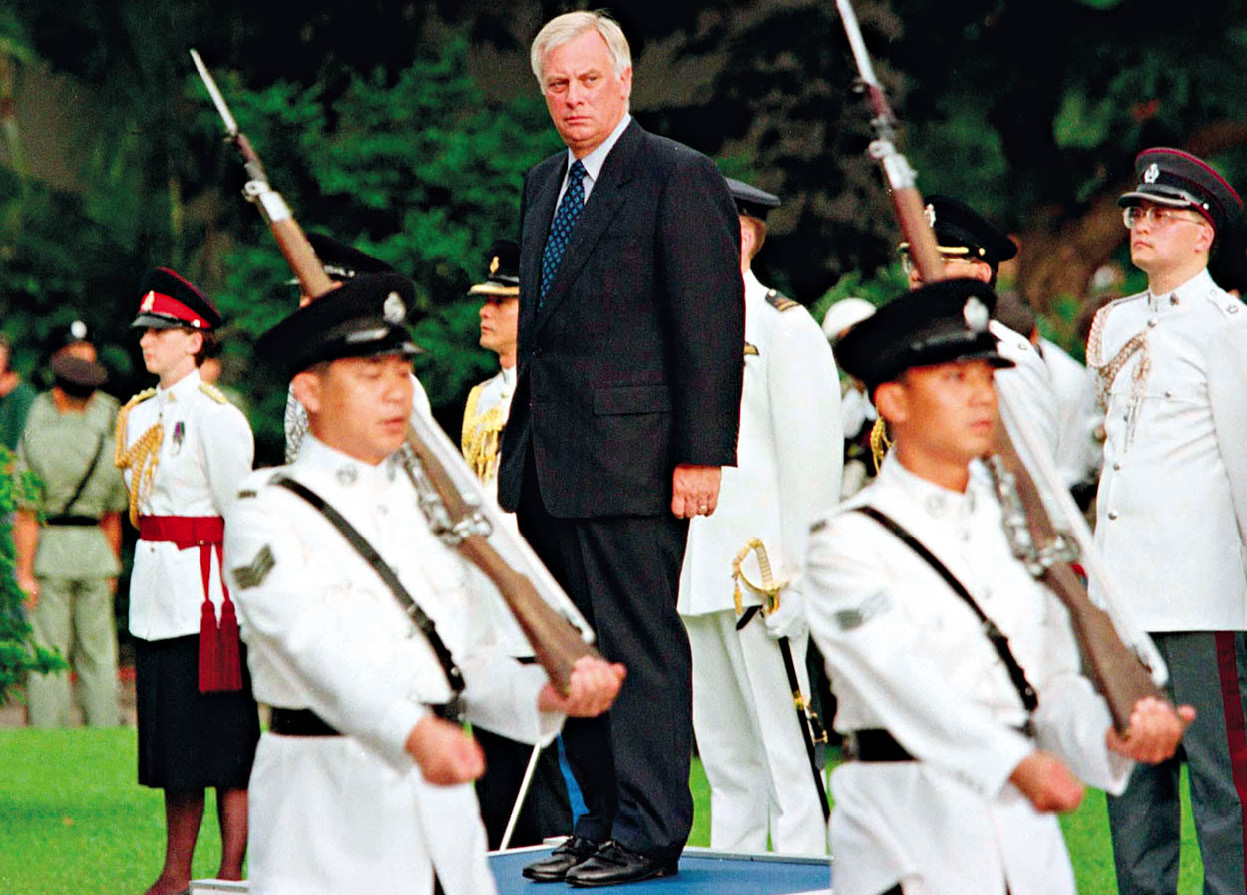
Chris Patten at the Handover ceremony in 1997.
Corbis
1994
Legco passes Patten’s proposed electoral reforms. China and UK continue to squabble.
1997
China resumes sovereignty on 1 July, Tung Chee-hwa is appointed chief executive (CE) and Hong Kong becomes an SAR. The stock market dives in response to the Asian economic crisis.
Post-handover
1998
Voters go to the polls to select a third of the seats on Legco. Hong Kong International Airport at Chek Lap Kok opens. Asian economic crisis worsens. First known human case of bird flu virus kills six people.
1999
The rule of law is undermined as government asks Beijing to overturn the Court of Final Appeal’s ruling on the right of abode. Typhoon York kills two and injures over 500. China resumes sovereignty of Macau.
2003
The deadly SARS virus spreads to Hong Kong, killing 299. Economic recovery stumbles. On 1 July, over half a million people join a march to protest against proposals for national security laws (“Article 23”). The government backs down and shelves the plans indefinitely.
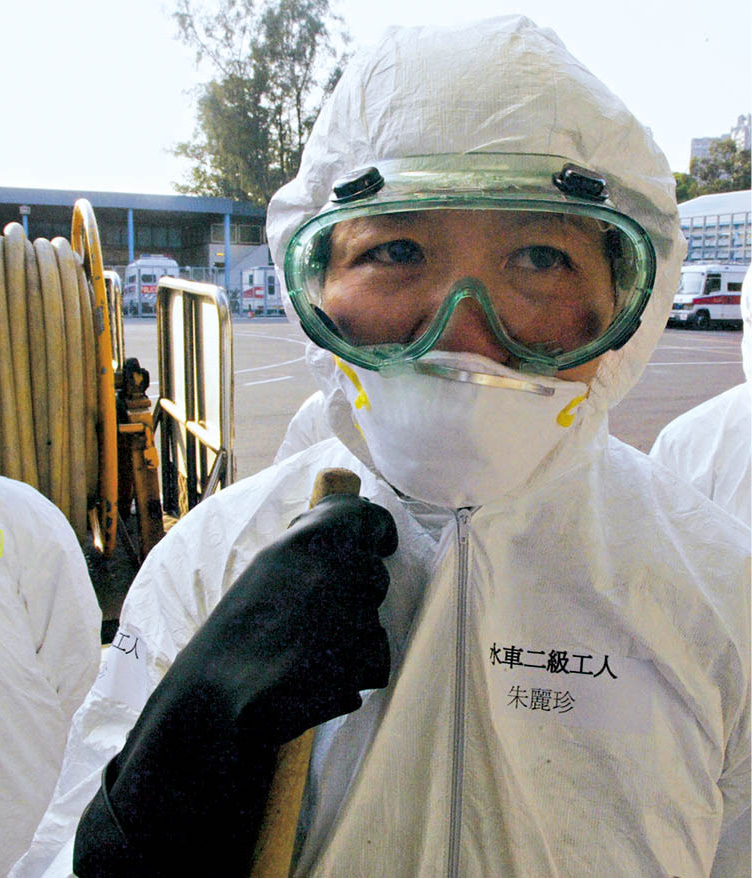
The SARS outbreak caused panic in 2003.
Getty Images
2004
Mainland tourist arrivals boom and economic recovery begins. Up to half a million protestors again march on 1 July, calling for more democracy and local control.
2005
Tung Chee-hwa resigns and is succeeded by Donald Tsang, a career civil servant with a finance background.
2006
As travel restrictions on the mainland continue to ease, Chinese visitor arrivals hits 13.6 million.
2007
An election committee appoints Donald Tsang as CE until 2012.
2008
Hong Kong hosts equestrian events for the Beijing Olympics. In September, SAR-wide elections are held for half the seats on Legco.
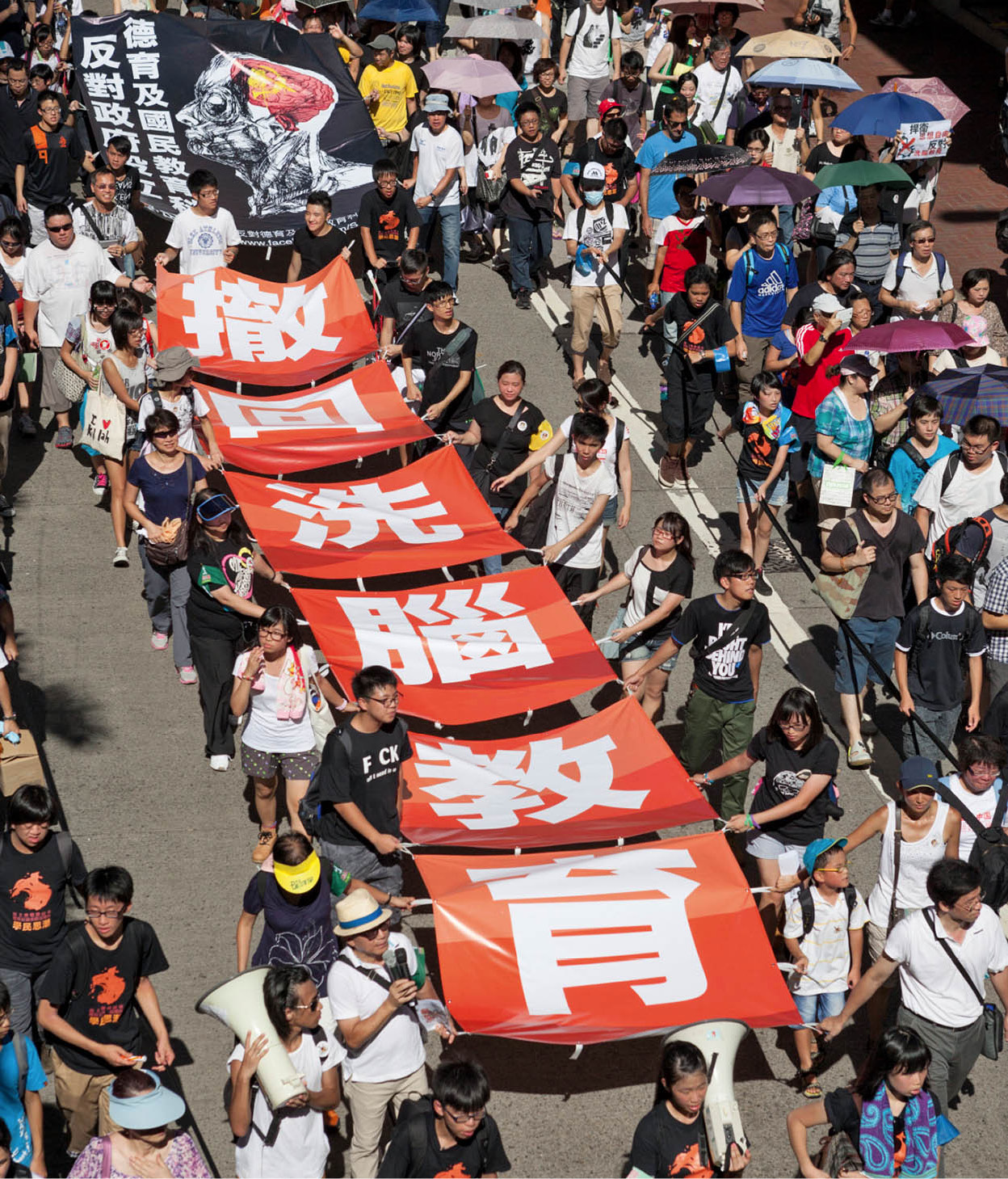
Protestors call for more democracy, July 2004.
iStock
2009–10
Buoyed by China’s continued economic growth, Hong Kong emerges from a brief recession in mid-2009, with the economy returning to normal by mid-2010.
2012
A new-look chief executive election sees Leung Chun-ying become Hong Kong’s most senior official. After weeks of protests, the new government abandons plans to force Hong Kong schoolchildren to sit Chinese “patriotism” classes.
2013
After leaking top-secret national security documents, American Edward Snowden seeks sanctuary in Hong Kong but left under a legal cloud as it becomes clear that the SAR may not be as “independent” as he assumed.